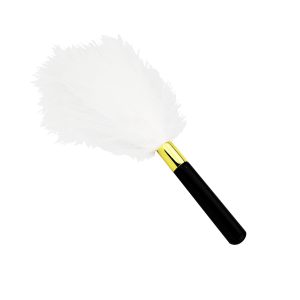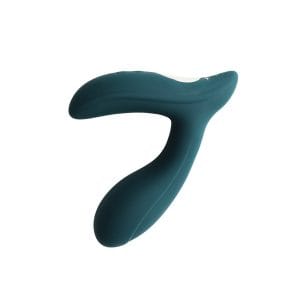Understanding Your Body: A Guide to Sexual Anatomy

Sexual Anatomy Guide
Understanding your sexual anatomy is crucial for both your physical health and your sexual well-being. It empowers you to make informed decisions about your healthcare, enhances your comfort with your body, and improves your sexual experiences. In this guide, we’ll walk you through the basics of sexual anatomy, discussing key components and their functions in both male and female bodies.
Female Sexual Anatomy
- Vulva: Often mistakenly referred to as the vagina, the vulva is the external part of the female genitalia. It includes the labia majora and labia minora (the outer and inner lips), the clitoris, and the opening of the vagina and urethra.
- Clitoris: This small, sensitive protrusion is located at the top of the vulva and is highly innervated, making it the primary organ of female sexual pleasure.
- Vagina: The vagina is a muscular canal that leads from the external vulva to the cervix, which is the lower part of the uterus. It serves as the passageway for menstrual blood, sexual intercourse, and childbirth.
- Uterus: The uterus is a hollow, pear-shaped organ located in a woman’s lower abdomen, between the bladder and the rectum. It is where a fetus develops during pregnancy.
- Ovaries: These small, oval-shaped glands are located on either side of the uterus and produce eggs as well as hormones like estrogen and progesterone.
Male Sexual Anatomy
- Penis: This external organ is used for sexual intercourse and urination. It contains the urethra and is made up of the shaft and the glans (the head of the penis). The glans is covered by the foreskin in uncircumcised men.
- Scrotum: The scrotum is a skin-covered sac that hangs behind the penis. It holds and protects the testicles (testes), regulating the temperature necessary for sperm production.
- Testicles: These are oval organs that produce sperm and hormones, including testosterone. They are located within the scrotum.
- Prostate Gland: The prostate is a gland situated just below the bladder. It produces fluid that nourishes and transports sperm during ejaculation.
- Vas Deferens: These are tubes that transport sperm from the testicles to the urethra, the duct through which sperm is expelled during ejaculation.
Understanding Intersex Variations
Intersex individuals may have anatomical features that do not fit typical binary notions of male or female bodies. Understanding and respecting the diversity of human bodies is important in discussions about sexual anatomy.
Importance of Knowing Your Body
Understanding your sexual anatomy can lead to:
- Enhanced sexual health: Recognizing normal functions and when there may be health issues.
- Improved sexual pleasure: Knowing what parts of your body feel good when touched or stimulated.
- Better communication: Being able to talk effectively about your body with partners and healthcare providers.
Conclusion
Gaining knowledge about your sexual anatomy is a step towards embracing your body, enhancing your health, and enjoying your sexuality. Whether discussing it with a partner or consulting with a healthcare provider, a clear understanding of your anatomy empowers you to take control of your sexual health.
Interested in learning more about how to care for your sexual health or have specific questions about sexual anatomy? Fill out the form below to connect with us at [Your Health Organization]. Let us help you navigate your journey towards better sexual health and understanding!



















